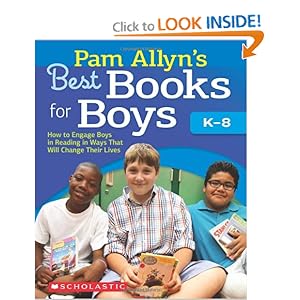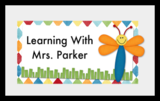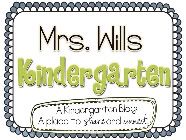in a teacherly way of course!
I don't know if it's just me or does anyone else has always have more boys than girls in their classes? In eight years of teaching I may have had one year with an equal number of boys and girls, but never more girls. So when I see books with suggestions for teaching boys I take note!
(click image to preview at amazon.com)
This summer I've had the pleasure of reading Pam Allyn's book Best Books for Boys and it's been a great reminder of ways to get boys more interested and motivated to read. In first grade I don't think I have as much of a problem with excitement for reading as upper grades may, but I do like to be careful with the books I choose for read alouds, reading groups, and for individual book "bags". I try to be sure to introduce my students to a plethora of genres, characters, authors, etc. And at this age (first grade) it always seems that if I'm really excited about a book the kids will be too.
It seems that many of us are using the Daily 5 or some version of it and I love that it gives my kids time to pick their own books and read independently and with friends for an extended amount of time. When we're doing our reading stations my kids will often ask if they can just do "read to self" or "buddy read" the whole time instead of going to other stations. I always let them as long as they are really reading and not just playing with buddies (we al know that happens though!). One of Pam's suggestions for promoting a love of reading in boys is to provide more actual reading time and worry less about having reading activities for them to complete and that goes right along with the Daily 5, woohoo I'm already on track.
Last year my wonderful school bought these bags for all the first grade classes and we use them to store familiar rereads (from guided reading), decodable texts, and student selected books (after we've practiced how to choose a just right book).
I've been so focused on math lately but I wanted to share this in case anyone is in need of a resource to reach those boys that may be reluctant to read. Pam also gives a very extensive list of books by genre that boys have expressed interest in (and lots of story summaries and possible topics for conversations after reading). I also noticed that Kimberly over at
Funky First Grade Fun also posted about this great book, check it out! Summer's always a good time(yard sale season) to search for new books for your classroom that will spark an interest and lead to a love of reading.

















